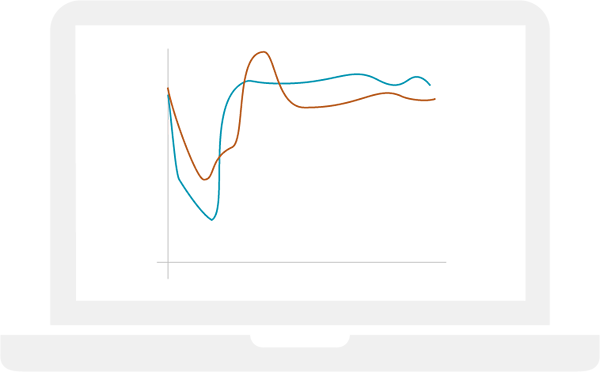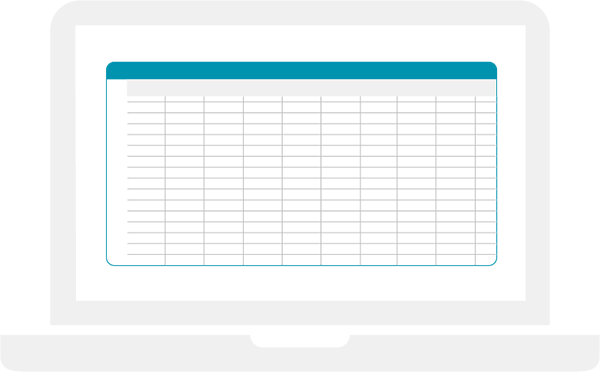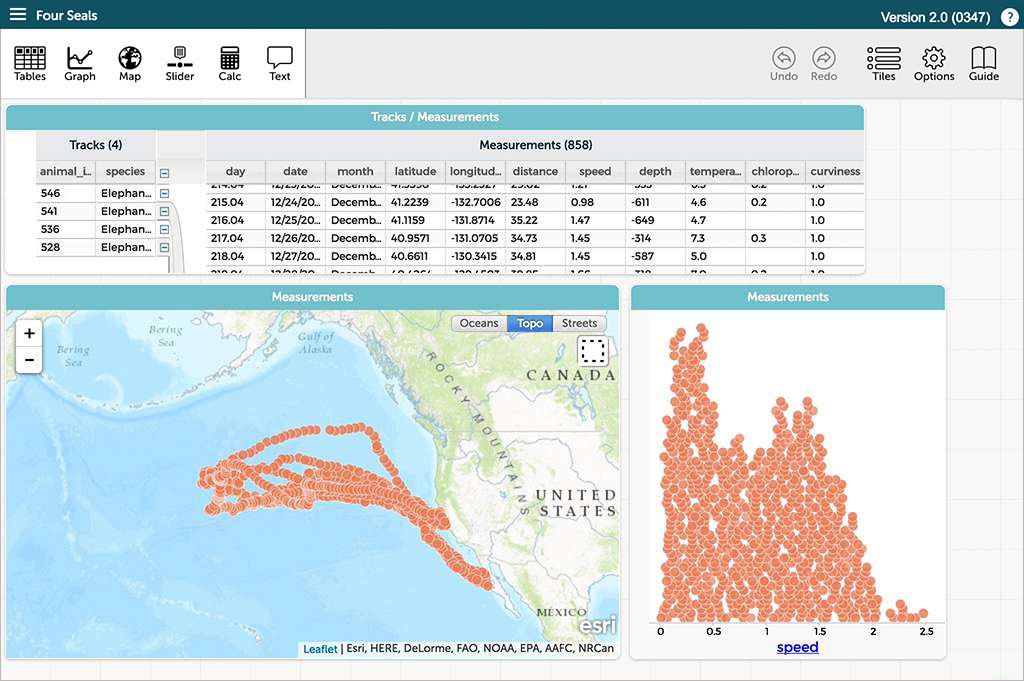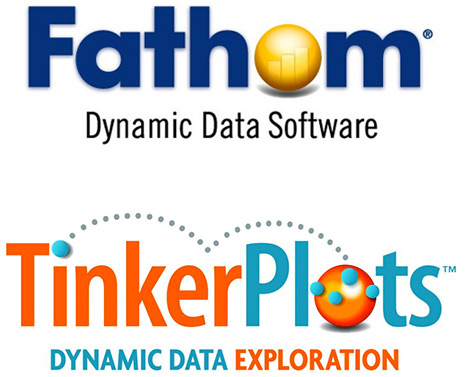
Try CODAP
CODAP is easy to use and runs in your web browser. CODAP is (and always will be) free. Share your data with others and bring it to life!

Get the Code
Learn how to create your own plugin in CODAP. Explore our open-source GitHub repository and start incorporating it into your work today.

Sample CODAP Datasets
Browse free CODAP example documents. We’ve curated datasets for first-time users. Explore to find classroom activities and other downloadable resources.
Drop in Data Seamlessly
Just drag a CSV or TXT file into CODAP, and the data appears! Or embed a simulation or game that generates data by dragging in a URL.
 Uncover Patterns and Connections
Uncover Patterns and Connections
Representations link dynamically across tables, graphs, and maps. Select an item on a table, create a graph, and it’s automatically selected in all the other representations.
 Data Analysis Software Built for Education
Data Analysis Software Built for Education
Designed with learning in mind, CODAP continues the legacy of the award-winning statistical software packages Fathom and TinkerPlots. In the process, it builds on a decades-long legacy of research into interactive environments that encourage exploration, play, and puzzlement. CODAP is about exploring and learning from data from any content area—from math and science to social studies or physical education!
Open Source
CODAP is (and always will be) free and open source. CODAP is data science software built for education by experienced learning scientists and open source software developers, and funded by grants from the National Science Foundation.

 Explore Data with Ease
Explore Data with Ease